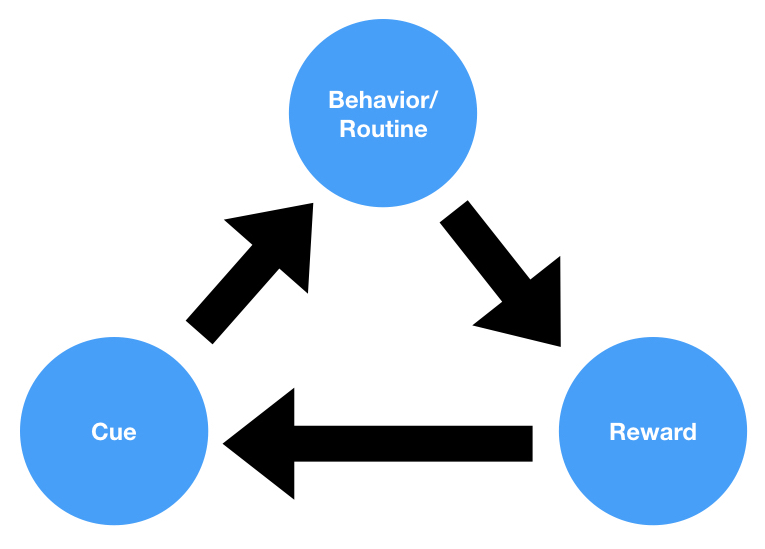What is the Picture Superiority Effect?
The Picture Superiority Effect (PSE) is a cognitive bias that describes the phenomenon where pictures and images are more likely to be remembered than words. This effect manifests when people can recall information with greater accuracy and detail if it is presented as images rather than text. The concept is rooted in dual coding theory, which postulates that visual and verbal information are processed differently, resulting in visual information often being easier to remember.
Key Aspects of the Picture Superiority Effect
-
Dual Coding Theory
This theory underpins the Picture Superiority Effect. It suggests that people process and store visual and verbal information in two different systems, with visual information often being more memorable due to its ability to be mentally visualized. Dual coding can enhance the encoding and recall process, hence providing an explanation for the PSE.
-
Concrete and Abstract Information
The Picture Superiority Effect is more pronounced for concrete items, which can be easily imagined, as compared to abstract items, which are harder to visualize. Therefore, pictures representing concrete concepts are often better remembered than abstract words or concepts.
-
Emotion and Attention
Visual imagery can often elicit stronger emotional reactions and capture attention more effectively than text, contributing to better memory recall. Images that provoke strong emotions or focus attention are particularly likely to be remembered.
Implications of the Picture Superiority Effect
The Picture Superiority Effect has wide-ranging implications, particularly in areas like education, advertising, communication, and design. By leveraging the PSE, educators can enhance learning and recall through the use of visuals. Advertisers can make their messages more memorable and persuasive by incorporating images. Similarly, in communication, visuals can help in effectively conveying complex information.
Criticisms and Controversies Surrounding the Picture Superiority Effect
Despite its widespread application, the Picture Superiority Effect is not without controversy. Some critics argue that the effect may not always hold, especially for complex information where text might be more precise. Moreover, the effect may vary based on factors such as individual differences in cognitive styles, with some people preferring or benefiting more from verbal information.
Furthermore, while the Picture Superiority Effect suggests that visuals are generally more memorable, not all visuals are equally effective. The impact of an image can vary based on its design, complexity, relevance, and emotional resonance.
Moreover, some critics caution against the overuse of visuals at the expense of textual information. They argue that a balance of visual and verbal elements often provides the most effective communication and learning outcomes. The debate on the precise boundaries and applications of the Picture Superiority Effect continues to be a subject of ongoing research in the field of cognitive psychology.




